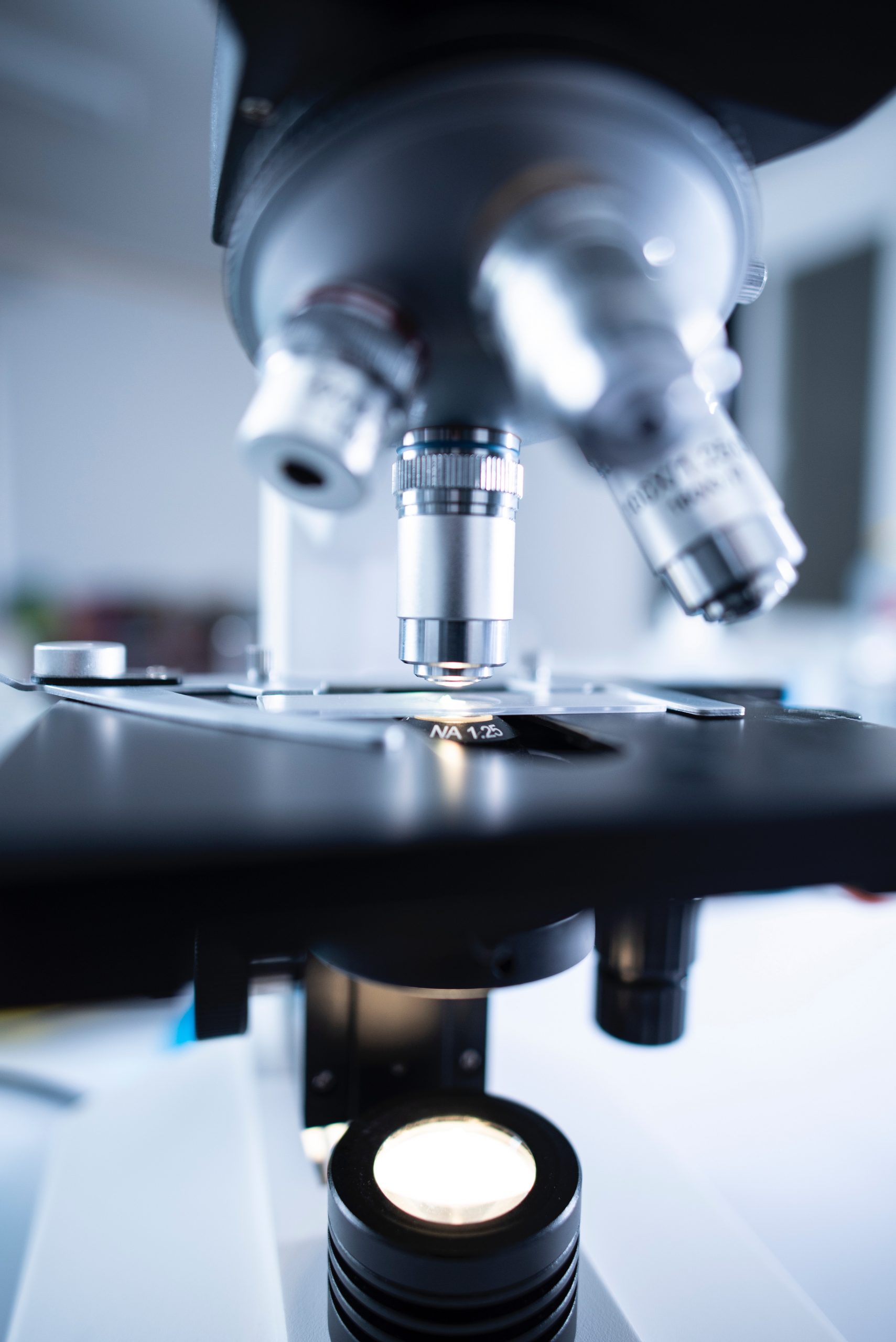
About the Oral Immunology/Microbiology Research Group
The Oral Immunology/Microbiology Research Group (OIMRG) is currently comprised of 202 investigators, representing 88 universities, government and commercial organizations from 7 countries. The group had its first meeting in 1991 and has met consecutively each year to date. It is primarily, but not exclusively, through the annual meeting that the mission of the OIMRG is achieved.
This meeting, which was designed to facilitate in-depth discussions by more established investigators, is built around topical areas encompassing host responses to oral bacteria, pathogenic mechanisms, and studies of host-derived factors and host-genetics, and is guided by the following objectives:
To foster interaction
and collaboration among scientists interested in oral immunology and microbiology
To promote information
exchange and collaboration between academicians and their colleagues, including those working in industry
To provide a forum
through which new investigators can begin to network with more established investigators
These principles have remained constant and virtually all participants who have been invited to this meeting, including outside speakers, remark on its uniqueness, because of both its small size and intimate nature, permitting interchange by senior investigators in a way that is unique and unparalleled. Group members are able to interact in a congenial atmosphere which helps minimize barriers to information exchange. This informal atmosphere encourages discussions during the day and well into the evenings and is responsible for many, many scientific collaborations over the years, not to mention lasting friendships.
Another notable quality of the conference is the distinguished outside speakers this meeting is able to attract. Speakers have included Nobel Prize awardees, a Shaw Prize winner (the Asian equivalent of the Nobel), and several members of the National Academy of Science during the past 10 years. Because of the “personality” of this meeting, several of the outside speakers have chosen to continue to attend the conference in future years as attendees themselves even though the oral cavity is not the focus of their research.
